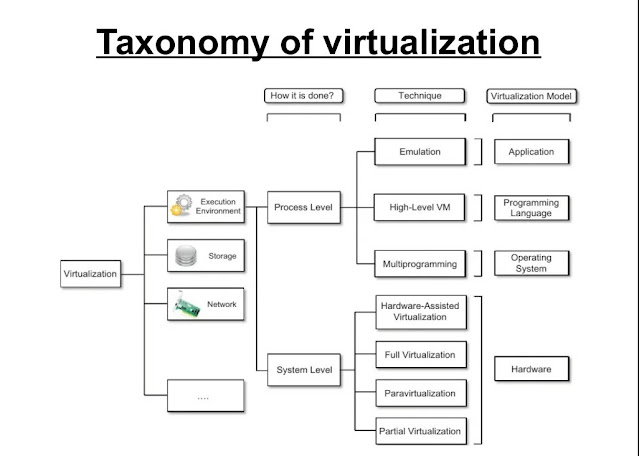What is meant by organizational goals? Explain.
According to
"Etzioni: "Organizational goal is a desired state of affairs that organizations attempt to realize. Ivancevich,
Donnelly, and Gibson: "Organizational goals are the broad aims which serve as guides for action and as the starting point for more specific and detailed operating objectives at the lower levels of the organization."
Parrow: "Organizational goal is a useful frame of reference for an organization to conduct its affairs."
Organizational goals are the commitments of the organization to achieve the desired result within a specific time frame. The goal of the organization tells employees about where the organization is heading and how the organization plans to attain the desired state. Organizational goals have four basic functions:
- Goals provide guidance and unified direction for employees in the organization.
- Goals facilitate effective planning.
- Goals motivate and inspire employees to work harder especially if attaining the goals is likely to result in rewards.
- Goals help organizations for an effective mechanisms for evaluation and control performance.



Comments
Post a Comment